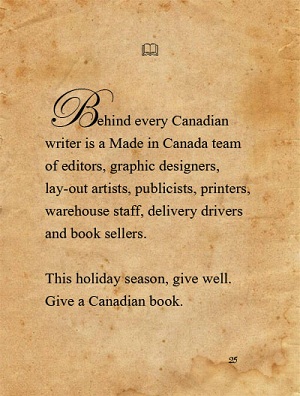Where do you want to go and when do you want to get there?
Most people ask themselves those questions before heading out on a trip. I also ask them when I’m writing a book.
Completing a book requires a huge commitment of time and energy. If I don’t have a map of where I’m going and when I want to arrive, the project can stretch on into infinity. That’s scary.
So I set goals.
It took me a while to figure out what a goal is. I want to write a book and have it published is not a goal, that’s a dream.
A real goal goes something like this: I want to complete a 60,000 word manuscript by August 31, edit and revise it by December 31 and send it to a publisher/agent by January 1. In order to accomplish this I will work on my book for two hours every Saturday and Sunday.
Now that’s scary too. But it also gives you a clear idea of what you need to do.
However, sitting down at the computer knowing you intend to write 60,000 words is enough to give anyone writer’s block. So what I do is break the project down into smaller increments, say so many words or chapters each month.
I try to be reasonable about what I can accomplish, yet push myself a bit too. Every month or so, I review what I’ve done. To be perfectly honest, I never meet my self-imposed deadlines. But they keep me on track and motivate me to try harder.
Most folks lead busy lives and frequently have to give something up in order to create writing time and achieve their goals. That might involve setting the alarm an hour earlier each morning, having a writing lunch break or drafting your manuscript in the laundromat while waiting for your clothes to spin dry. Many writers – including me – don’t watch television and limit their email and social media time.
But simply having a goal isn’t always enough. To be really effective experts say you should write your goal down, make a commitment by telling it to someone and to also be accountable to someone.
It’s early January, the time of year when many people make resolutions and set goals. Have you given any thought to where you want to be in your writing journey by the end of the year?

![MC900439004[1]](http://paulawild.ca/wp-content/uploads/2011/12/MC90043900412.jpg)
